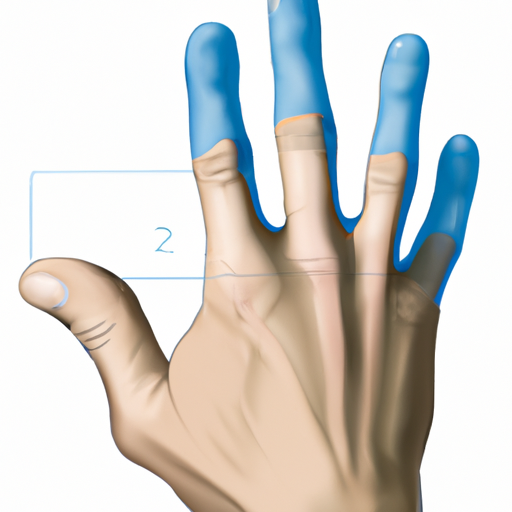In the fast-evolving landscape of technology, immersive design technologies are at the forefront, transforming the way users interact with digital content. With the rapid advancements in virtual reality (VR) and augmented reality (AR), the traditional boundaries of user experience (UX) design are being redefined, offering designers innovative tools to create engaging and interactive experiences.
What Are Immersive Design Technologies?
Immersive design technologies refer to tools and platforms that provide users with an enriched visual and interactive experience. These include:
- Virtual Reality (VR): A simulated experience that can be similar to or completely different from the real world. VR immerses users in a 3D environment through headsets and specialized equipment.
- Augmented Reality (AR): An interactive experience that blends the real world with digital overlays. AR enhances the real-world environment through digital elements viewed through devices such as smartphones or AR glasses.
- Mixed Reality (MR): A combination of both AR and VR, allowing users to interact with both real and virtual objects in real time.
The Impact of Immersive Design on User Experience
Immersive technologies bring several benefits to UX design, including:
- Enhanced Engagement: By creating more interactive environments, users are likely to spend more time engaging with content and products.
- Improved Understanding: Complex concepts and products can be better understood through immersive experiences, leading to more informed consumer decisions.
- Tailored Experiences: Immersive design allows for personalized interactions based on user preferences and behaviors, providing a unique experience for each user.
Applications of Immersive Design Technologies
The applications of immersive design technologies span across various industries:
- Retail: AR apps enable customers to try products virtually, enhancing their shopping experience.
- Education: VR and AR create immersive learning experiences that can improve knowledge retention and provide practical skills training.
- Gaming: The gaming industry is a pioneer in using immersive design technologies to create realistic virtual environments.
- Real Estate: Virtual walkthroughs of properties allow potential buyers to explore homes without physical visits.
Challenges in Immersive Design
Despite the advantages, there are challenges to consider:
- Cost: Developing immersive experiences can be expensive and resource-intensive.
- Accessibility: Not all users have access to the required hardware, which can limit the reach of immersive solutions.
- User Comfort: Some users may experience discomfort using VR, which designers must consider when creating experiences.
Conclusion
As immersive design technologies continue to evolve, they present exciting opportunities for enhancing user experiences across various sectors. By embracing these tools, designers can create more engaging, interactive, and personalized experiences that resonate with users. The future of UX design is undoubtedly immersive, opening new avenues for creativity and innovation in digital spaces.
For more insights on design technologies and user experience, stay tuned to our blog!










